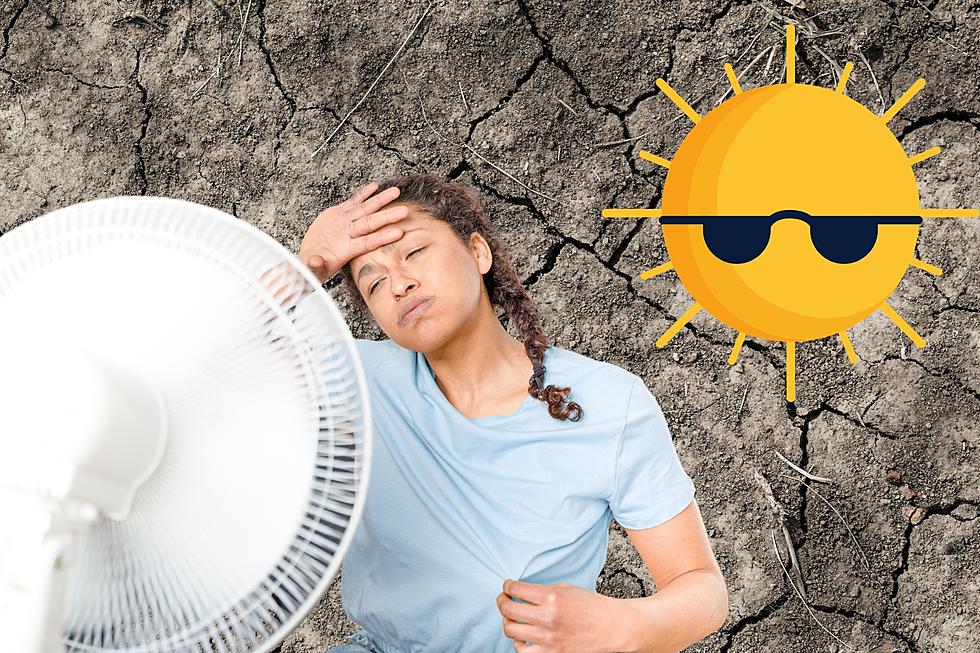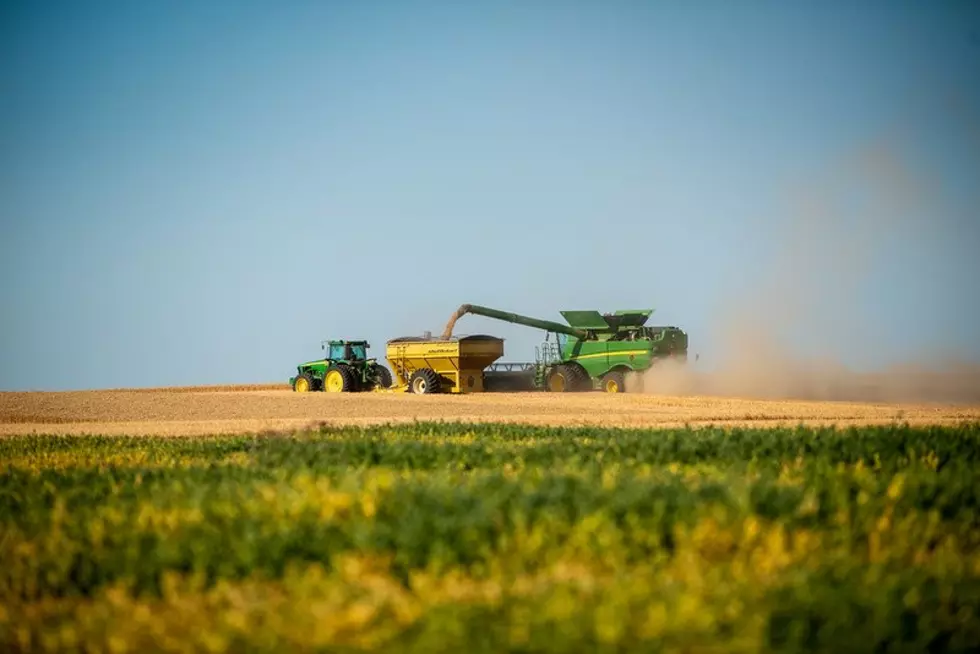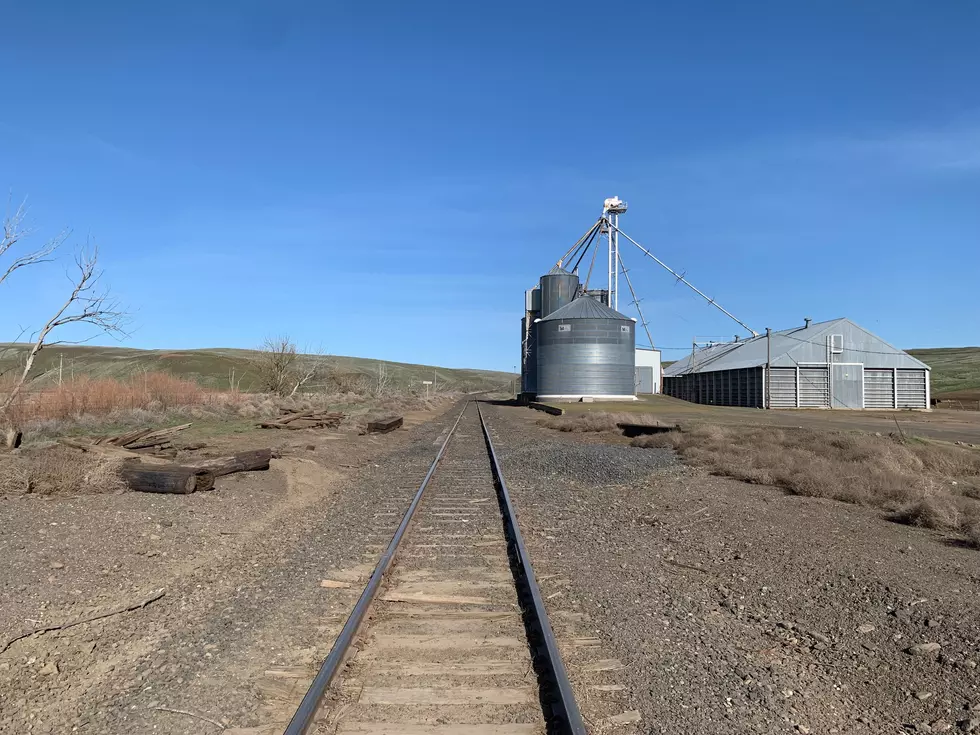
Burn Back Could Threaten Wheat Crops
Winter wheat producers are all too aware of the threat of burn back once the temperatures start to dip, especially if they drop significantly in a short period of time.
"Once winter wheat is planted in the fall it begins to grow and if you see temperatures dipping down below 15 degrees during that establishment phase, you can burn the tips of the grass or the wheat back and unless it gets extremely cold, for example sub-zero temperatures, typically the plant is not killed off but it can set back that fall growth a little bit,” said USDA Meteorologist Brad Rippey.
There are different impacts depending on what a producers is trying to accomplish with their wheat, i.e. if you use livestock to graze it off to keep them from getting too big. There are other negative impacts on the wheat as well according to Rippey.
“It might be a little bit more vulnerable to harsh conditions during the winter time if we could get cold outbreaks or wind events.”
There are some concerns in the Midwest that plunging temperatures could threaten the winter wheat crop there.
If you have a story idea for the Washington Ag Network, call (509) 547-1618, or e-mail gvaagen@cherrycreekradio.com
More From PNW Ag Network









